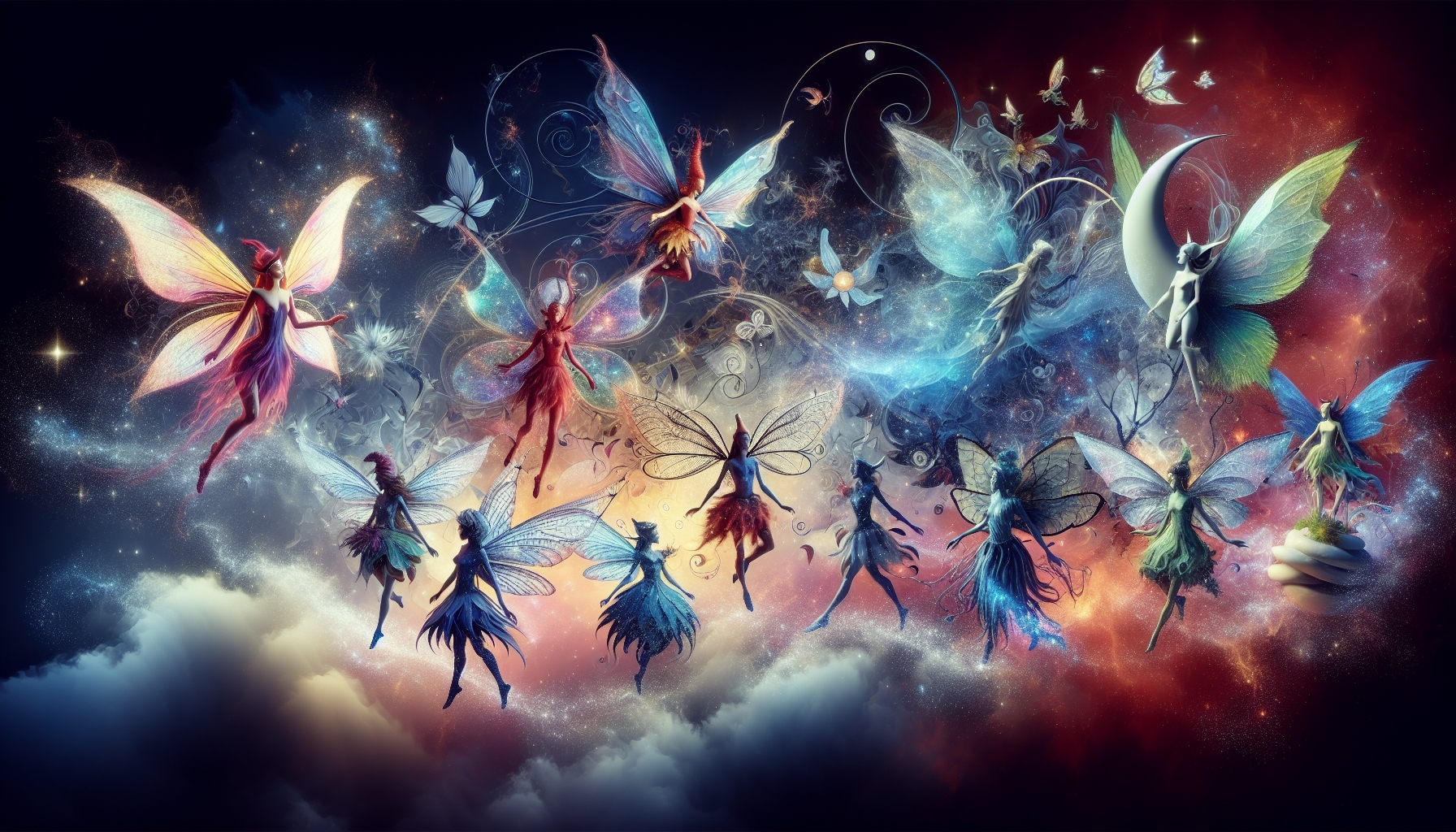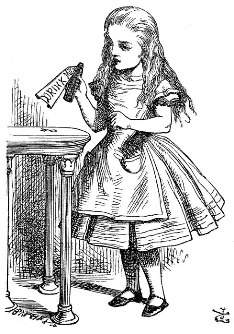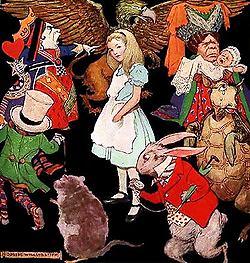
Alice Through the Looking Glass

"Alice Through the Looking Glass" is more than a Children's Story
"Alice Through The Looking Glass" isn't merely a quick story to put the kids to bed. Nope, this kaleidoscopic tale penned by Lewis Carroll is a smorgasbord of mythology, folklore, and theoretical physics. It's an engaging narrative that invites readers young and old to tumble into a world of wonder, full of lessons that can make even the most serious grown-up scratch their heads.
Lewis Carroll/Charles Lutwidge Dodgson
Lewis Carroll: A Mathematician in Wonderland Lewis Carroll was not just any ordinary writer. Underneath that pen name lay Charles Lutwidge Dodgson, a bona fide mathematician and logician. His love for numbers and patterns trickled into his 1871 sequel, "Alice's Adventures in Wonderland," where he sprinkled a mathematical logic over the garden of imagination. No wonder the story's logical illogic keeps readers of all ages captivated even today.

A Reflective Route to a Different Universe:
The Magic Mirror
The Looking Glass is more than a reflector. Mirrors aren't just for checking out your reflection or perfecting your duck face. In "Alice Through The Looking Glass," the mirror plays a role more potent than vanity; it's a gateway to an entirely different universe. This idea has its origins deeply rooted in Roman and Greek mythology, where mirrors were more than glass and silver; they were mystical portals connecting the real world to a realm of gods, spirits, and uncanny adventures.
In a World Beyond Ordinary: Where Rules Don't Apply
Chessboard of Characters Carroll infuses the storyline with a chessboard metaphor, where the characters are not just inhabitants of Wonderland but chess pieces in a grander game. Drawing inspiration from the Indian game of chaturanga, which is the precursor to modern chess, Carroll weaves strategy, power dynamics, and competition into the fabric of his narrative.
The landscape Alice finds herself in turns reason on its head. This notion can be traced back to various cultural myths, like Japanese Yokai folklore, which portrays a spirit world uncannily similar to the chaos Alice experiences. Imagine Alice as a modern-day Izanami, navigating a realm that defies the laws of physics and social etiquette. Can you see her as an outer space explorer seeing these things?
Alice's Coming of Age in a Mystical Wonderland

Coming of Age, Alice Style Alice's interactions with enigmatic characters echo the rites of passage in folklore from around the world. She converses with philosophical eggs and haughty royalty, much like how a young warrior in a Native American tribe might consult with spirit animals or shamans during a vision quest. Her dialogues, filled with riddles and wordplay, parallel the wisdom-infused conversations in African Anansi tales.
Not Just a Kid's Tale The depth in "Alice Through The Looking Glass" transcends its apparent children’s story veneer. Hidden layers beckon adult readers into existential contemplation. And let's not forget the unforgettable "through the looking glass quotes" that find resonance in adult life. Phrases like, “I can't go back to yesterday because I was a different person then," touch upon themes of identity and the fleeting nature of time, appealing to older readers' reflections on their past and present selves.
Unraveling Quantum Physics Concepts in Carroll's Storytelling
Quantum Leaps and Bounds - To go one step further, why not look at this through the lens of quantum mechanics? The particles that make up the atoms in our bodies can theoretically exist in multiple places at the same time. That's eerily similar to Alice's adventures, where she finds herself in topsy-turvy places defying all scientific understanding.
Alice's Journey into Self-Exploration: Symbolism in Stepping Through
The Symbolism of Stepping Through - The act of Alice stepping through the looking glass transcends the literal. It's a metaphorical journey into unknown realms of consciousness and self-exploration, echoed in everything from Jungian psychology to shamanic traditions.
The Cultural Kaleidoscope Various cultural adaptations and interpretations enrich the universal relevance of Alice's adventures. From Japanese anime versions to African theatre plays, the story enjoys a global audience, each resonating with its unique cultural perspectives.
Celebrating the Art of Storytelling: The Timeless Appeal of Alice's Tale
A Testament to the Magic of Storytelling
What stands out in "Alice Through The Looking Glass" is the melding of rich folklore, complex symbolism, and vivid imagination. The sheer joy of reading this to your kids, or watching their eyes light up as they journey through Wonderland, confirms the story's timeless appeal.
Conclusion: The Charm Hidden in Alice Through The Looking Glass
Conclusion: More Than Meets the Eye Diving into "Alice Through The Looking Glass" offers an experience that goes far beyond the frivolity of a children's tale. With every page turned, the story unfolds layers of mythological, cultural, and scientific complexities that make it an enduring masterpiece.
